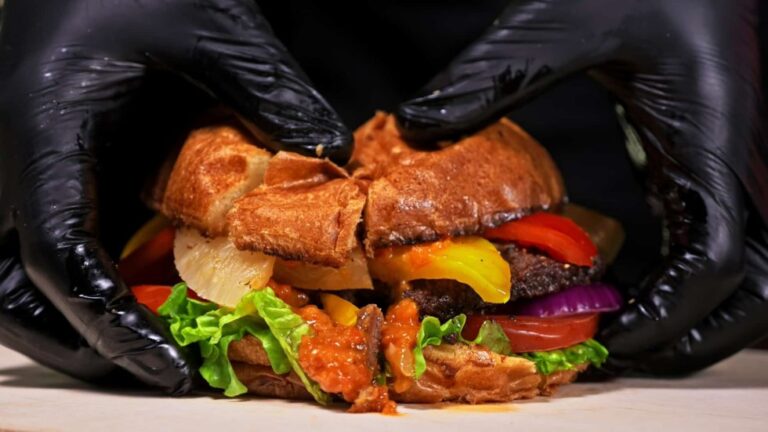Basic health and safety regulations in gastronomy
The obligations of the employee and the employer are laid down by the legislator, among others, in the Act of August 25, 2006 on food and nutrition safety, the Regulation of the Minister of Labor and Social Policy of September 26, 1997 on general provisions on health and safety at work and in the Regulation of the Minister of Health of on April 26, 2004 on hygiene and sanitary requirements in plants producing or marketing foodstuffs.
The basic provisions include the obligation to regularly inspect the technical condition of the building, equipment and ventilation. It is also important to equip the premises with basic personal protective equipment, to provide first aid kits or fire extinguishers in easily accessible places. Each employee starting work in the premises must undergo initial training in health and safety in gastronomy. Periodic refresher training should also take place on a regular basis. Each employed person must have the necessary qualifications to work in the kitchen – medical examinations and a certificate for sanitary and epidemiological purposes. According to health and safety at work, in the kitchen, each employee is required to maintain an appropriate level of hygiene, in particular: short (preferably unpainted) nails, reporting illness to the employer, frequent washing and disinfection of hands and work tools. The employer is obliged to keep a register of accidents and regularly monitor the level of occupational health and safety in the company. It is also worth using health and safety audits, which are carried out by professionals.



